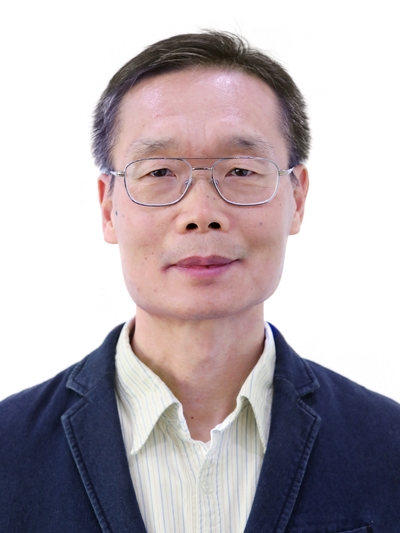AI-based Healthcare Image Data Analysis: Challenges and New Approaches
Date: 13 June 2024 (Thursday)
Time: 2:10-3:00pm HKT
Venue: Cheung On Tak Lecture Theater (LT-E), HKUST
Title: AI-based Healthcare Image Data Analysis: Challenges and New Approaches
Speaker: Prof. Danny Ziyi Chen, Professor, University of Notre Dame
Abstract
New technologies for acquiring large amounts of healthcare image data give rise to an ever-increasing demand for effective approaches for healthcare image data analysis tasks. In recent years, deep learning (DL) approaches have yielded remarkably powerful solutions for numerous healthcare imaging applications, largely outperforming traditional image analysis methods. Comparing to natural scene images, healthcare image analysis faces several different challenges. Commonly, DL methods rely on a great amount of annotated data for model training. While natural scene images are usually 2D, healthcare images can be 2D, 3D, and even higher dimensional. In particular, 3D healthcare images are widely used in basic research and clinical practice. Yet, 3D healthcare image analysis presents big challenges to DL methods. First, 3D healthcare images are often of very large sizes (e.g., billions of voxels), and thus incur high computation costs. But, current GPUs are of limited memory for implementing 3D DL models. Further, few efficient automatic techniques for annotating 3D images are available. Since in general only trained healthcare experts can annotate healthcare images effectively, healthcare image annotation is a highly costly and labor-intensive process (even for 2D images). Therefore, how to attain sufficient good quality annotated image data for DL model training while significantly reducing annotation efforts of healthcare experts is a big bottleneck to the successful development and deployment of DL methods for healthcare imaging applications.
We present new DL-based approaches for healthcare image analysis tasks (segmentation, classification, denoising, etc). We show that it is often not enough to simply apply DL methods alone to tackle healthcare image analysis problems. Thus, our approaches are based on combinations of DL methods and algorithmic techniques (e.g., topological data analysis). For example, our sparse annotation schemes judiciously select the most representative or valuable samples to annotate. In fact, the problem of finding an optimal subset of samples to cover or represent an entire image dataset as sparse training data is an NP-hard problem, which can be solved approximately with guaranteed good quality. Our approaches achieve highly effective performances with efficient costs. We also discuss some hardware-based DL methods for healthcare image analysis problems. We present experimental results on various datasets to demonstrate the applicability of our approaches for healthcare image analysis problems.
Biography
Prof. Danny Z. Chen received the B.S. degrees in Computer Science and in Mathematics from the University of San Francisco, California in 1985, and the M.S. and Ph.D. degrees in Computer Science from Purdue University, West Lafayette in 1988 and 1992, respectively. He is a Professor in the Department of Computer Science and Engineering at the University of Notre Dame. Dr. Chen's main research interests include computational biomedicine, biomedical imaging, computational geometry, algorithms and data structures, machine learning, data mining, and VLSI. He has worked extensively with biomedical researchers and practitioners, published many papers in these areas, and holds 8 US patents for technology development in biomedical applications. He received the US NSF CAREER Award in 1996, a Laureate Award in the 2011 Computerworld Honors Program for developing "Arc-Modulated Radiation Therapy" (a new radiation cancer treatment approach), and the 2017 PNAS Cozzarelli Prize of the US National Academy of Sciences. He is a Fellow of IEEE and a Distinguished Scientist of ACM.




 Facebook
Facebook LinkedIn
LinkedIn Instagram
Instagram YouTube
YouTube Contact Us
Contact Us